Karen Horney
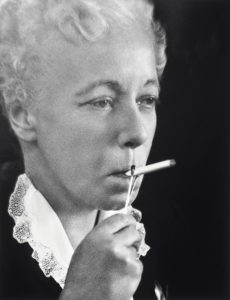
Moving Against People
Karen Horney was a German psychoanalyst. Her career came into prominence in the nineteen
twenties when she formed theories on human attachment and neurosis that split from Freud’s
key ideas. Horney’s theory of personality development and individuation are still highly relevant
to modern theories of personality, attachment psychology and psychological trauma. This third
part of a four part article will explore the moving against people personality style.
In Horney’s theory of individuation, the individuating child will settle into one of three different
personality styles based on what allows it to successfully reclaim it’s parents' attention. The first
style that children try is the moving towards people style. This is most familiar to the child since
this is the style they are accustomed to using in infancy. If this asking for attention and
attempting to be close to the mother through affection fail, the child will next try aggression in
order to force it’s caregiver to give it what it wants. If only aggression is effective the child will
settle firmly into a moving against people personality style.
People in the moving against people personality style had sporadic or unpredictable affection
offered to them as children. They came from environments that were hostile or uncaring and
handled the fundamental insecurity that these environments engendered by becoming
aggressive. They never had the option of asking for the basic attention children need and
instead learned to demand attention. Caregivers were neglectful and unresponsive until these
fought for the little affection or attention available in their home.
This reality in their family of origin colors these patient’s interpersonal style and assumptions
about the world. These assumptions about others and the world are immediately recognizable in
the first few minutes of the first therapy session when a patient in the moving against people
personality style presents to therapy. Patients in the moving against people personality style
are not likely to come to therapy and do not usually present to therapy until they are in crisis or
are facing significant personal or professional losses due to their rigidity.
Just as patients in the moving towards people personality type often have anger turned off,
patients in the moving against people personality type are often out of touch with their ability
to feel hurt or vulnerable. To ward this feeling off patients in theis personality style develop a
“don’t mess with me” defensive posture. They may use wit as a weapon becoming acerbically
funny. They maybe overly macho or simply act like they don’t care what anyone thinks.
Most often patients who are neurotic in the moving against people personality style are highly
competitive and motivated to dominate athletics, group functions and professional
environments. Patients in this style are often high achievers when they are skilled. They are
seen as invulnerable at work but often feel hollow in personal spheres. They are unable to
understand the point of life without comparison and competition. Patients often present to
therapy in middle age when there is “nothing else left to win”.
This is a 4 part article on Karen Horney’s theories. This is part 3 of 4.
Moving Away From People
Karen Horney was a German psychoanalyst. Her career came into prominence in the nineteen
twenties when she formed theories on human attachment and neurosis that split from Freud’s
key ideas. Horney’s theory of personality development and individuation are still highly relevant
to modern theories of personality, attachment psychology and psychological trauma.
Horney observed that children deploy three different coping styles during the time they are
individuating from the mother. Ideally children learn mastery in the three different styles. In
imperfect situations infants become over dependent in one style and form a neurotic and rigid
personality style. This second part of a four part article will explore the moving away from
people personality style.
Horney’s three neurotic personality styles can most simply be understood as dependency
(moving towards people), Aggression (moving against people) and resignation (moving away
from people). The resigned type is the result of the developing child discovering that they are
unable to get the attention of the parent either through asking for attention or demanding it. The
child then retreats into an innerworld where it creates its own systems of psychological reward
through creativity and self expansion.
If you are a writer or a psychotherapist it is highly likely that you are strongly developed in this
area even if you are not quite a neurotic! The ability to move into your head and create your own
rules and concepts for life is a useful skill, but not one we learn from asking or demanding
attention from our parents. These personality types are more able to see through the arbitrary
nature of the rules or traditions in a society, and have less attachment to the cultural rules.
Unless these children develop ways of communicating these inner worlds they can seem
“spacey” or “lost in their thoughts”.
All of the neuroses that Horeney observes can be understood as the limiting conditions that a
person with insecure attachment has for being safe. The dependent type needs others to feel
safe, while the aggressive type needs control. A person in the “moving away from people”
neurotic type only feels safe when some inner condition of solitude or independance has been
fulfilled. This ultimate value of independence can present in several ways. Some want to be
invisible, living an unassuming and private life. Sometimes the fixation on independence
manifests and living off the land, being wealthy, and sometimes as being emotionally
independent. Patients in this style may emulate, Jay Gatsby, Jeremiah Johnson or John Wayne.
The moving away from people's personality type is not comfortable unless they are absolutely
independent in some special area. While the moving towards people type needs people in order
to function, and the moving against people personality type needs people in order to become
dominant, the moving away from people type feels unsafe if it needs people for anything
substantial. This does not mean that they are unsuccessful socially, only that they are
uncomfortable with relying on social or emotional ties to others in order to feel stable. This type
failed to maintain a connection with their mother through either dependence seeking or
aggressive behaviors. They learned to soothe themselves and learned their own coping skills.
This process of learning to regulate one's own emotions as a child without assistance leads
children into their own head where they develop a large and elaborate inner world. Children
become less interested or even aware of external realities like norms, socialplay, or practical
tasks. Instead of learning to manage their feelings they become fascinated with them. Moving
away from people personality type patients have a unique knack for encoding their beliefs,
personality and opinions into artistic creations because they crave the recognition and
understanding that was denied them by their caregivers as children. Art, humor, fashion,
business even, is a way of communicating something about the hidden self to others.
This is a 4 part article on Karen Horney’s theories. This is part 4 of 4.





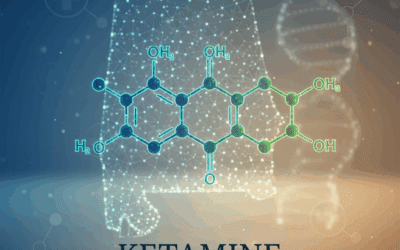
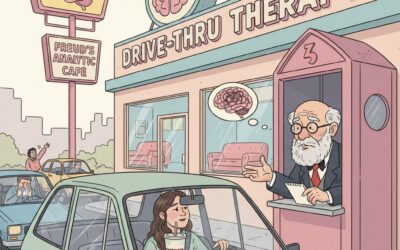









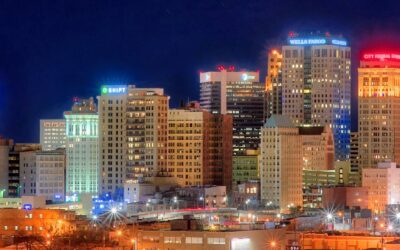




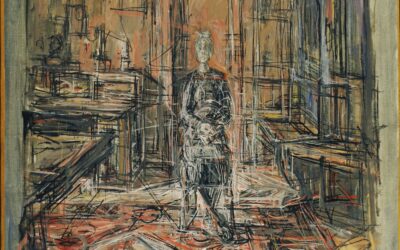




0 Comments